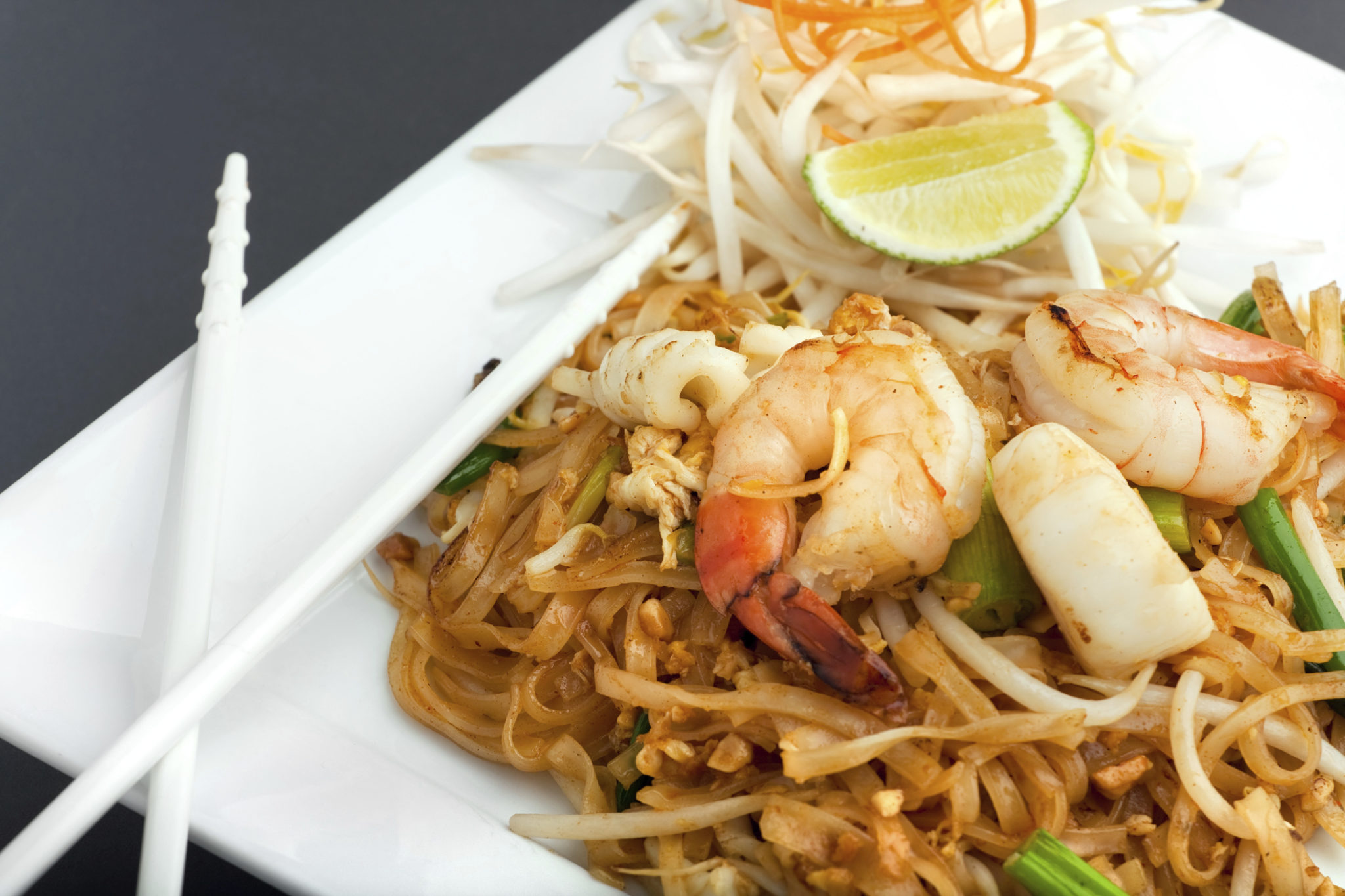When you’re taking courses at an accredited online culinary institute, you’re always looking to add new dimensions to your dishes. You can put an intriguing spin on a familiar item by trying out different spices. Whether you’re subtly shading a flavor profile or bringing in bold contrasts, exploring the endless variety of choices can make a major difference in the final product. Here are some approaches to try out:
Bring new flavor to an old favorite
The aphorism says familiarity breeds contempt, and that can certainly be the case with food. When you’ve regularly eaten something like chicken breast since childhood, it becomes a strain to find an exciting new take. Fortunately, it’s easy to make a huge difference in a dinner staple with the right spices.
For example, Martha Stewart’s Everyday Food recommended bringing flair to your chicken with a cayenne rub and an avocado salsa topping. All you need for the rub is some cayenne, salt and pepper. Prepare the salsa by mixing diced onion with lime juice. Then, add chunks of avocado, salt and pepper.
If you want to more complexity in your rub, Just a Pinch had some ideas. Try combining paprika, curry powder, ground cumin, black pepper, brown sugar, cayenne, five-spice powder, garlic, salt, Dijon mustard, vegetable oil and red wine vinegar.

Strike a balance
Chefs must take into consideration how each ingredient contributes to an overall flavor profile. That means it’s important to balance the spices you include in a recipe. The Guardian pointed out that this sense is essential to the success of everything from traditional Thai cuisine to ketchup.
Always keep the taste of your main ingredient in mind as you work out spice levels. Adjust slowly, tasting the results as you go. Avoid pouring in too much of any particular ingredient, and consider using a side dish to level out the flavors instead. Keep in mind that a spice can have side effects, like when salt brings out sweeter elements and cuts down bitter ones.
Discover a fresh taste
Fortunately for those who want to put their own stamp on a dish, there are always interesting spices to try out and combine. Every chef’s cabinet needs bottles of standbys like black pepper, cumin, allspice and cinnamon. However, you open new doors for your cooking when you stock up on some more unusual options.
Peter Bahlawanian is one person with perspective on the spicy possibilities. He owns Spice Station, which has locations in California and Montreal, and provided insight into the applications of some exotic choices in an interview with Food Republic.
His suggestions included truffle salt, which he said brings the popular flavor to items like macaroni and cheese or french fries without the heaviness of oil. Asafetida has a taste much like a caramelized onion and is used in Indian, Pakistani and Afghan cuisine. Urfa biber is a dried chili pepper with a smoky flavor similar to raisins.
Online cooking courses will give you many opportunities to try different spices and combine them in fascinating ways. Keep experimenting and you’ll find flavor profiles that make your recipes stand apart.



